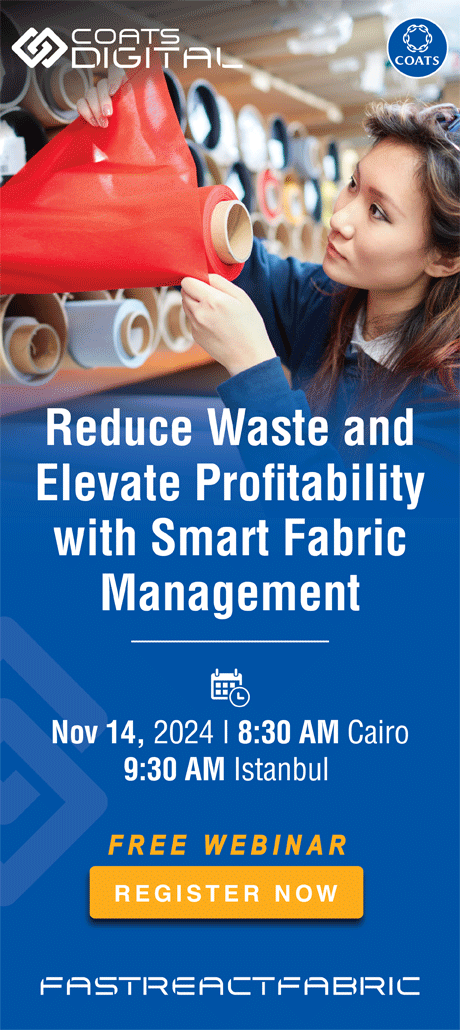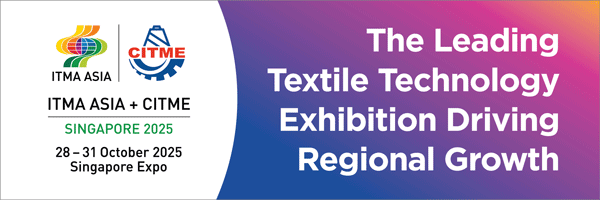Syria, situated along the historic Silk Road, has long been celebrated for its rich textile heritage. The Syrian textile industry, steeped in centuries of tradition, has seamlessly fused Western and Oriental influences to produce fabrics of unparalleled beauty and craftsmanship. However, amidst geopolitical upheaval and economic turmoil, the industry faces a pivotal moment, grappling with both formidable challenges and untapped opportunities for resurgence.
A Legacy of Prosperity and Challenges:
Syria’s textile industry has been a cornerstone of its economy for generations, contributing significantly to industrial production and non-oil exports. With over 24,000 registered textile facilities and employing 30% of the population, the sector has been a driving force behind the nation’s economic vitality. Yet, the ravages of conflict have taken a toll, with 70% of textile factories shuttered or destroyed, disrupting supply chains and displacing skilled artisans.
Government Initiatives and Economic Reforms:
In response to the crisis, the Syrian government has initiated policy reforms aimed at revitalizing the textile sector. These measures include bolstering support for cotton farmers, adjusting customs tariffs to stimulate domestic production, and easing import restrictions to facilitate access to essential raw materials and machinery. Moreover, efforts to promote innovation and skill development within the industry signal a commitment to fostering long-term sustainability and global competitiveness.
Export and Import Dynamics:
Navigating complex export and import dynamics, Syria’s textile industry has faced challenges in accessing international markets while contending with import restrictions on critical raw materials. While historically serving as a hub for regional trade, the industry has struggled to penetrate Western markets due to compliance issues and limited access to modern manufacturing technologies. Despite these hurdles, Syria’s textile exports continue to make up a significant portion of the nation’s non-oil exports, albeit with untapped potential for expansion.
Cotton Section in Syria’s Textile Industry:
Central to Syria’s textile industry, cotton cultivation and processing have historically been overseen by the public sector. However, recent policy reforms have sought to encourage private sector participation and investment in this critical segment. Despite challenges such as limited access to modern agricultural techniques and infrastructure deficiencies, Syria’s cotton sector remains poised for growth, offering potential for increased self-sufficiency and enhanced supply chain resilience.
Competitive Advantage of Syria’s Textile Market:
Syria’s textile market enjoys several competitive advantages that position it favorably for future growth. Low labor costs, a consistent supply of raw materials, and a well-developed transportation network contribute to the industry’s resilience and adaptability. Moreover, Syria’s skilled artisans and rich cultural heritage imbue its textiles with a unique charm and aesthetic appeal, distinguishing them in a crowded global marketplace.
The Future of Syria’s Textile Industry:
Despite the challenges and uncertainties, the future of Syria’s textile industry holds promise for resurgence and renewal. With strategic reforms and targeted investments, the industry has the potential to emerge stronger and more competitive than ever before. Innovations in technology and sustainability offer opportunities for differentiation and value creation, while partnerships with international stakeholders can facilitate access to new markets and resources.
Moreover, Syria’s textile industry is uniquely positioned to capitalize on emerging trends such as ethical and sustainable fashion, leveraging its heritage of craftsmanship and artisanal production. By embracing innovation, fostering a supportive business environment, and nurturing talent and creativity, Syria’s textile industry can chart a course towards a brighter future, reclaiming its status as a global leader in craftsmanship and creativity.
Conclusion:
The revival of Syria’s textile industry represents not only an economic imperative but also a testament to the resilience of its people and the enduring legacy of its cultural heritage. As Syria embarks on the path to recovery, strategic reforms, innovation, and collaboration will be essential in unlocking the industry’s latent potential and positioning it for sustainable growth. By leveraging its competitive advantages and embracing the opportunities of the future, Syria’s textile industry can once again shine on the world stage, captivating hearts and minds with its timeless elegance and craftsmanship.




















